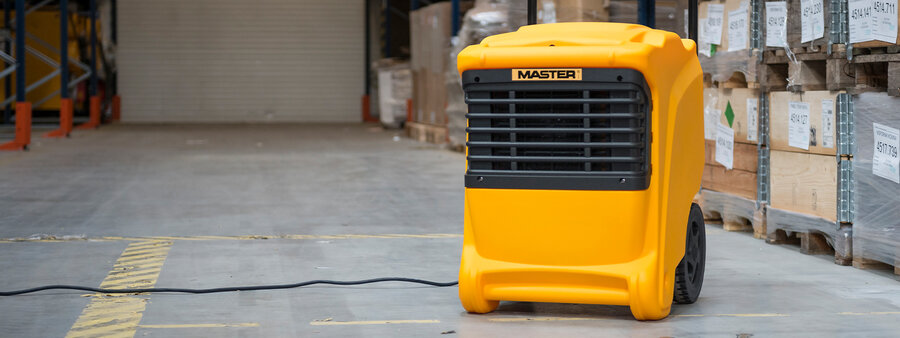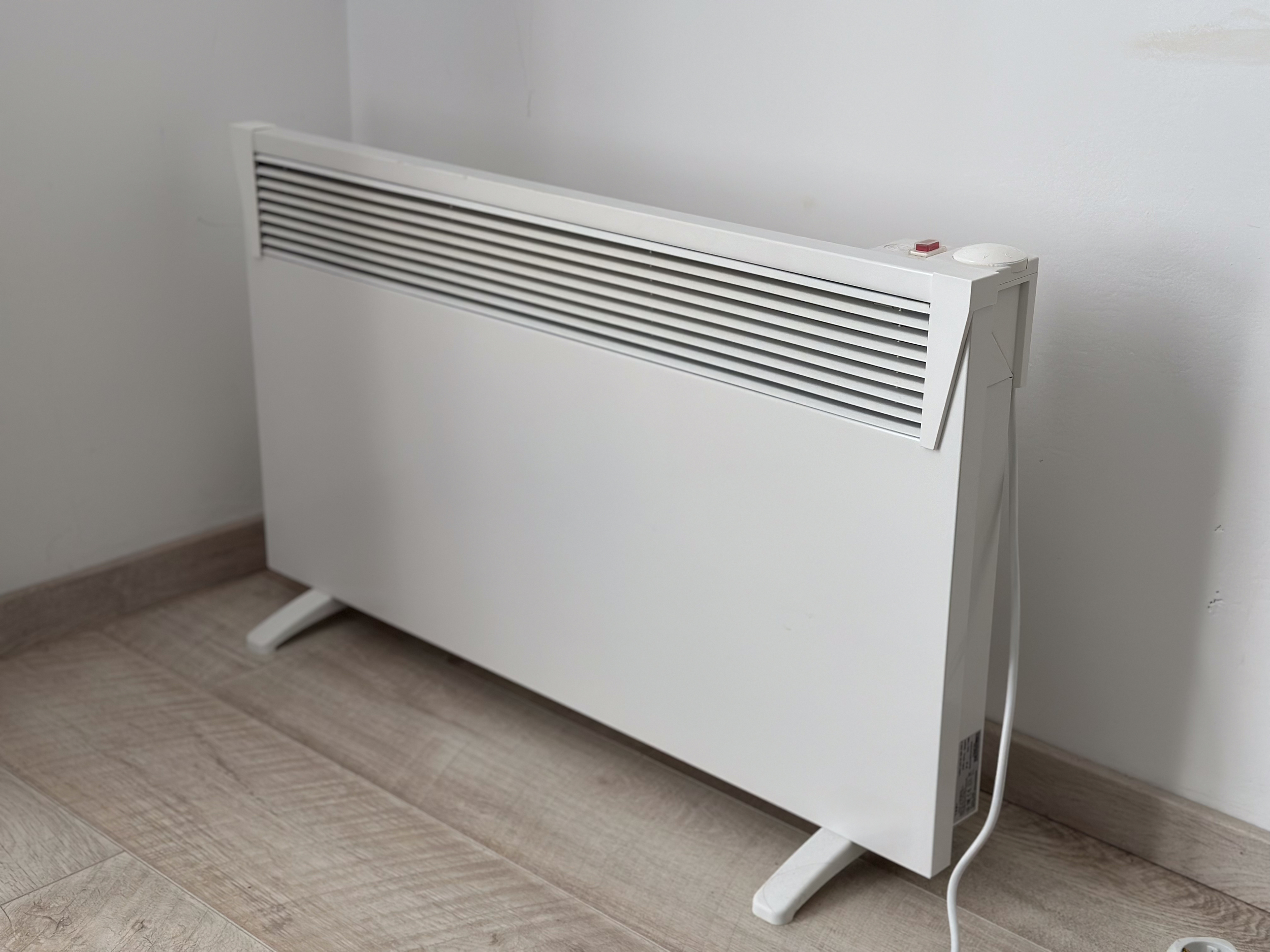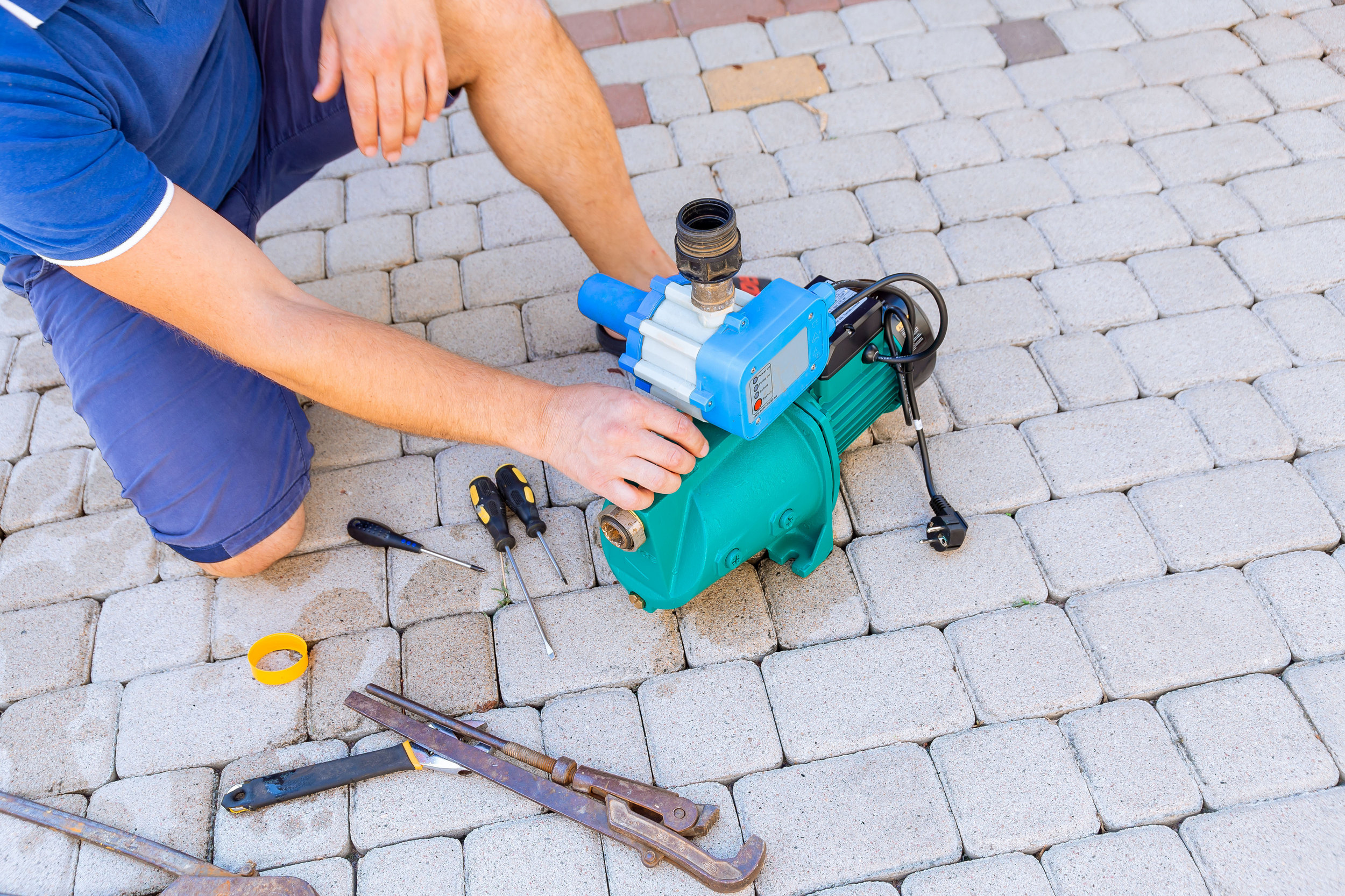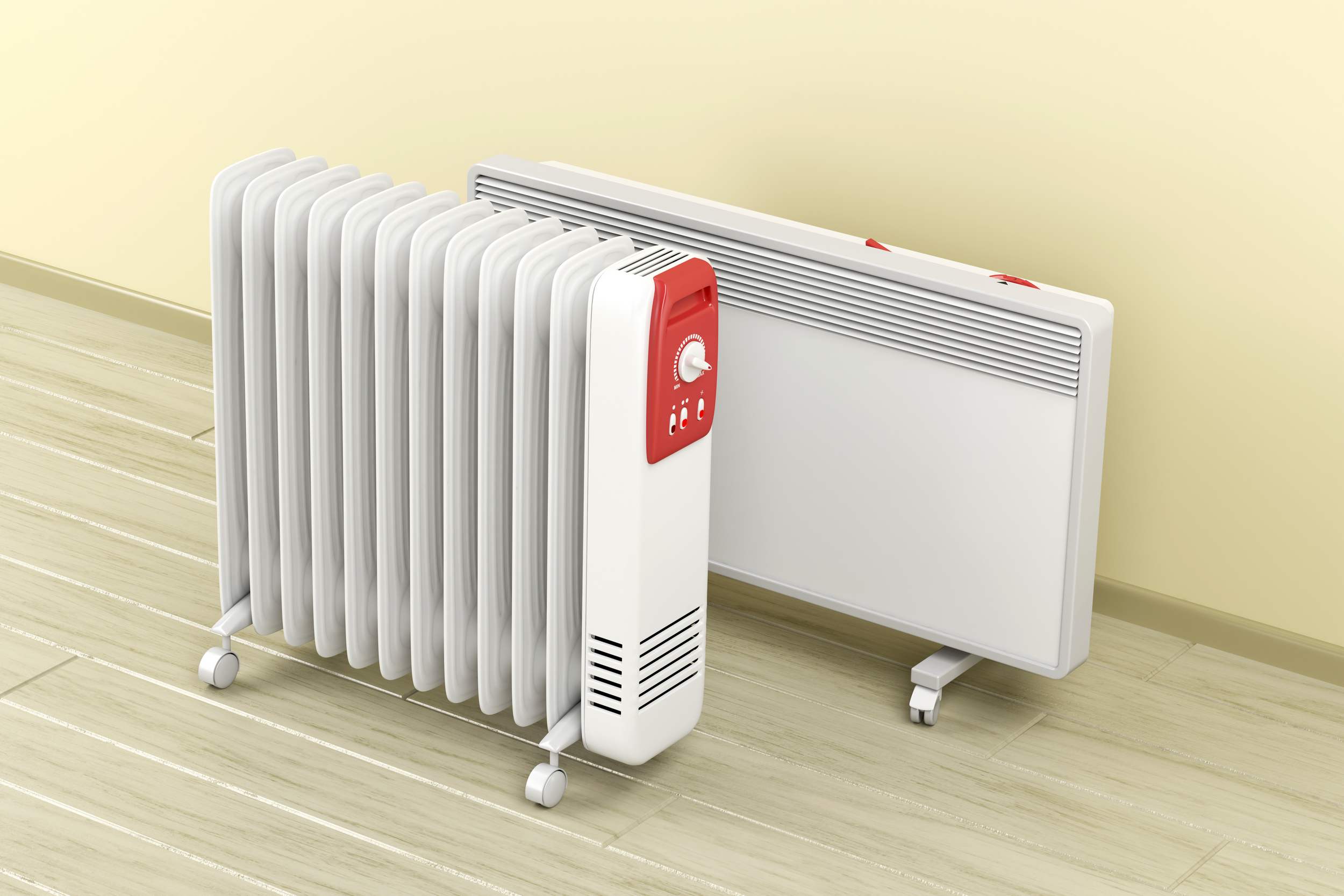Advice Hub
All our collective industry experts have got together to provide you with all you need to know about drying out and keeping dry those things precious to you. Read our articles or delve into our solutions centre to soak up the knowledge.
Expert Articles
Advice & Article
Refrigerant vs. Desiccant: What is the Difference?

Choosing the right dehumidifier for your needs is not always easy. There are many factors to consider, along with different styles and types. From the application you need it for, to the size of the space you're drying, the requirements and demands being made on your dehumidifier will mean that you can’t simply buy any old unit and hope it does the job. Thankfully, there is plenty of information available to assist you with your decision, including in our info hub.
The most important choice you will need to make is whether you want to buy a refrigerant or desiccant dehumidifier. We've listed some information below to help you with your decision.
Refrigerant Dehumidifiers
How Does a Refrigerant Dehumidifier Work?
Refrigerant dehumidifiers work by creating a cold surface that is colder than the air around them. The appliance has a fan that draws air over a cool metal plate, where the moisture condenses and then drips into a water tank. Refrigerants work best in environments that are not too cold. Because they need the cold surface within the dehumidifier to be colder than the room air, they're most effective in a heated or warmer space. If the temperature drops below a certain level, then the cold air might be colder than the surface within the dehumidifier making it more likely to stop. If it is too cold in a room, the unit will waste energy using its auto-defrost setting (which works to defrost the dehumidifier coils).
For this reason, refrigerant dehumidifying is most effective at typical room temperatures. Nevertheless, there are a few models that work well in lower temperatures. There is a wide selection available compared to the desiccant refrigerant (or compressor) options. Compressor dehumidifiers are also generally purchased more in the UK because of their energy-efficient reputation. They are considered to be noisier than desiccants although this isn’t always the case and there are some that work quietly.
Benefits:
- Ideal for temperatures that exceed 15°C or 59°C
- Able to extract high amounts of moisture
- Energy-efficient/cheaper to operate
- Lower upfront cost
Desiccant Dehumidifiers
Desiccant dehumidifiers have a different method of extracting water from the air. They use an adsorbent material that sucks in water from the air, similar to the way the small desiccant packs pull in moisture to keep a product safe. Moisture taken from the air then drips into a water condenser below.
Unlike a refrigerant unit, the desiccant does not need the temperature in the room to be warmer, so they are more effective in colder temperatures, typically 15°C or less. This makes them well suited to indoor places that get are not heated – places such as conservatories, garages, or sheds. Desiccants also offer a mild heating effect as they release some warm air in the process.
Benefits:
- Works in colder temperatures as well as warm
- Quieter Doesn’t have any moving parts
- Antibacterial Filters – many have inbuilt that trap allergens such as dust and mold.
- No need to empty – some models have continuous drainage meaning no need to empty the tray.
- Usually lighter in weight, meaning easy to transport
- Energy usage can often be higher than refrigerant models
So, Which One Should I Buy?
The dehumidifier you decide to purchase entirely depends on your needs. Questions you should ask yourself include – Do I need a quiet machine? What is the temperature of the room I need to dry? How big is the space? Learn more about how to pick the right one in Which Dehumidifier do I Need?
Our experienced team is here to help. We can help you pick the best dehumidifier for your needs. Contact one of our team today.on 0800 808 9126.






